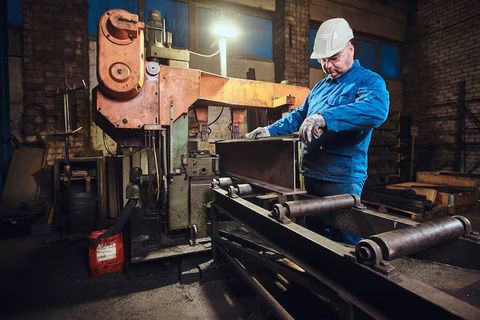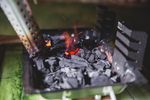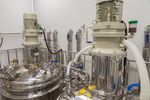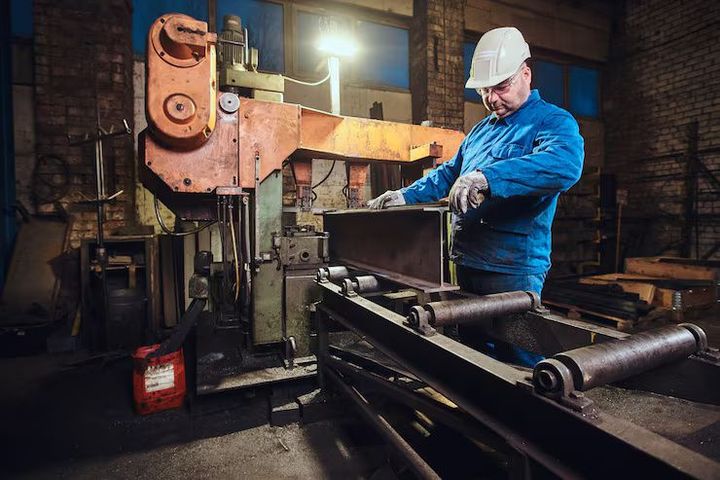
Metal Rolling Machine Overview and Working Basics: Learn Key Principles and Components
Metal rolling machines are used to shape metal into flat sheets, plates, or structured profiles by passing the material between rotating rollers. This forming process is one of the oldest and most widely used methods in manufacturing because it allows metals to be shaped with accuracy and consistency. The metal rolling principle is based on applying controlled force and pressure to change the thickness and dimensions of metal while improving its mechanical properties.
These machines exist in various forms, from small workshop-sized units to large industrial rolling mills used in steel production facilities. They support materials such as steel, aluminum, copper, and other engineering metals in industries involving construction, automotive manufacturing, energy systems, and infrastructure.
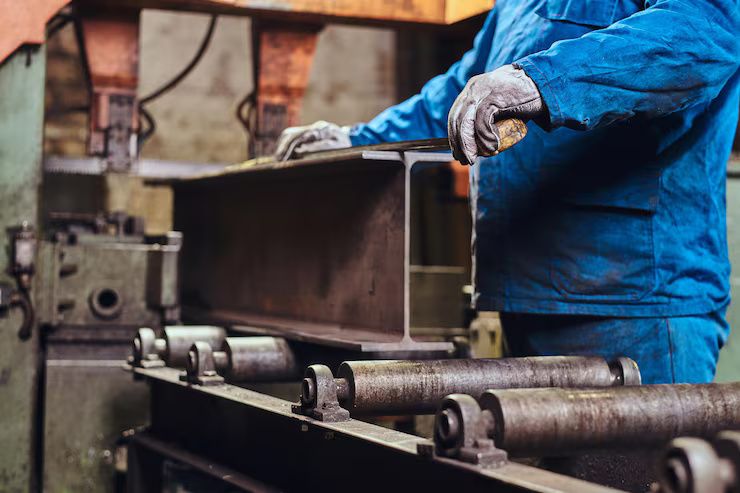 Context: What Metal Rolling Machines Are and Why They Exist
Context: What Metal Rolling Machines Are and Why They Exist
Metal rolling machines were developed to address the need for shaping and forming metals efficiently. When metals are mined and processed, they usually start as thick slabs or billets. To convert these into usable shapes for engineering and construction, the metal must be flattened, stretched, or shaped. Rolling machines achieve this through repeated compression.
The basic working concept:
-
A metal workpiece is fed between two or more rotating rollers.
-
As the metal passes through, the rollers apply pressure.
-
The pressure reduces the thickness or alters the shape.
-
The metal exits with a more uniform structure and desired dimensions.
This process supports the production of:
-
Sheet metal for manufacturing equipment components
-
Metal plates used in heavy industrial assemblies
-
Structural beams for buildings and bridges
-
Rolled sections for automotive frames, rail tracks, and pipelines
Importance: Why Metal Rolling Machines Matter Today
Metal rolling machines play a key role in modern industrial operations, influencing manufacturing quality, efficiency, and sustainability.
Why this topic matters:
-
Supports large-scale infrastructure: Rolling machines are essential in producing steel beams, pipes, reinforcing rods, and structural frames.
-
Improves material properties: Rolling refines the internal grain structure of metals, enhancing strength, weldability, and durability.
-
Enables precision manufacturing: Industries such as electronics, aerospace, and automotive rely on accurate metal thickness and smooth surfaces.
-
Boosts production efficiency: Continuous and automated rolling systems help reduce waste and energy usage in production.
Industries influenced include:
-
Mechanical engineering
-
Automotive and transportation systems
-
Energy equipment manufacturing
-
Construction and real estate development
-
Heavy industrial fabrication
Metal rolling machines provide the foundation for producing standardized, high-quality metal parts required across global supply chains.
Working Basics and Key Components
Metal rolling machines vary in their configuration based on the type of rolling required: hot rolling, cold rolling, sheet rolling, plate rolling, or section rolling. However, most machines share core components and functional principles.
Common Components
| Component | Function |
|---|---|
| Rollers | Apply pressure to deform and shape the metal |
| Motor and Drive System | Powers roller rotation at controlled speeds |
| Control Panel | Adjusts speed, pressure, and rolling direction |
| Frame Structure | Provides machine stability and alignment |
| Lubrication System | Reduces friction and heat, improving surface finish |
| Feeding Mechanism | Guides the metal into the rollers |
Basic Working Steps
-
Metal is heated or kept at room temperature depending on the process (hot rolling or cold rolling).
-
The metal is aligned and fed through the rollers.
-
Roller speed and pressure are adjusted to achieve the required thickness.
-
The metal passes through multiple rolling stages if further size reduction is needed.
-
The final product is cut or coiled for subsequent use.
Recent Updates and Trends (Past Year)
Metal rolling technology has seen several advancements aimed at improving energy efficiency, digital control, and production monitoring.
Notable developments:
-
Integration of automation and sensors (2024): Smart rolling systems now use real-time temperature and tension monitoring to maintain precision.
-
Adoption of AI-based process optimization (2023–2024): Algorithms help maintain consistent material properties and reduce defects.
-
Growth in lightweight metal rolling (2024): Increasing use of aluminum and composite alloys to support electric vehicle manufacturing.
-
Improved environmental efficiency standards (2024): Focus on reducing emissions and energy consumption during rolling operations.
These trends support broader goals in production efficiency, sustainability, and high-performance material development.
Laws and Regulations Related to Metal Rolling
Regulations vary by country but generally cover workplace safety, equipment operation, and environmental compliance.
Examples:
-
India:
-
Safety standards under the Bureau of Indian Standards (BIS) apply to rolling mill equipment and installations.
-
Factories Act guidelines mandate safe operating conditions in industrial environments.
-
-
United States:
-
OSHA regulations ensure machine guarding and operator safety.
-
EPA guidelines apply to emissions and waste heat management.
-
-
European Union:
-
EN machinery standards govern the design and function of industrial rolling equipment.
-
REACH policies regulate the handling of industrial metals and lubricants.
-
These laws encourage safe working environments and controlled environmental impact in industrial metal processing operations.
Tools and Resources
Helpful resources for learning, monitoring, and designing rolling machine processes:
-
Engineering Toolbox – Material property reference tables
-
MatWeb Material Database – Database for metal strength and composition data
-
AMEC Manufacturing Guidelines – Standard engineering tolerances
-
Mechanical Engineering Handbooks – Reference for rolling calculations and deformation theory
-
Metal forming simulation software such as:
-
QForm
-
Abaqus
-
ANSYS forming simulation tools
-
These resources support education, design, planning, and operational improvement.
FAQs
What is the difference between hot rolling and cold rolling?
Hot rolling involves shaping metal at high temperatures where it is more malleable, while cold rolling is performed at or near room temperature to achieve more precise dimensions and improved surface finish.
Which metals are commonly processed in rolling machines?
Steel, aluminum, copper, brass, and various alloy materials are frequently rolled depending on the application and required properties.
Why is lubrication important in rolling machines?
Lubrication reduces friction, lowers heat generation, prevents roller wear, and improves the finished surface quality of the rolled product.
How is thickness controlled during rolling?
Thickness is controlled through roller spacing adjustments and pressure settings, often monitored automatically using digital sensor feedback systems.
Do rolling machines improve the strength of metals?
Yes. The rolling process alters the internal grain structure, which can increase material strength and hardness.
Conclusion
Metal rolling machines play a fundamental role in shaping modern manufacturing and infrastructure development. They allow metals to be formed accurately and consistently while improving mechanical properties and reducing material waste. With ongoing advancements in automation, monitoring, and energy efficiency, rolling technology continues to support innovation across mechanical engineering, automotive manufacturing, structural development, and industrial production sectors.
A clear understanding of how metal rolling machines work, their key components, regulatory context, and modern technological trends helps professionals, students, and manufacturers use this essential forming process effectively and responsibly.

